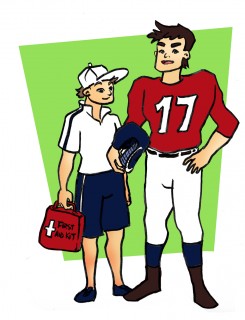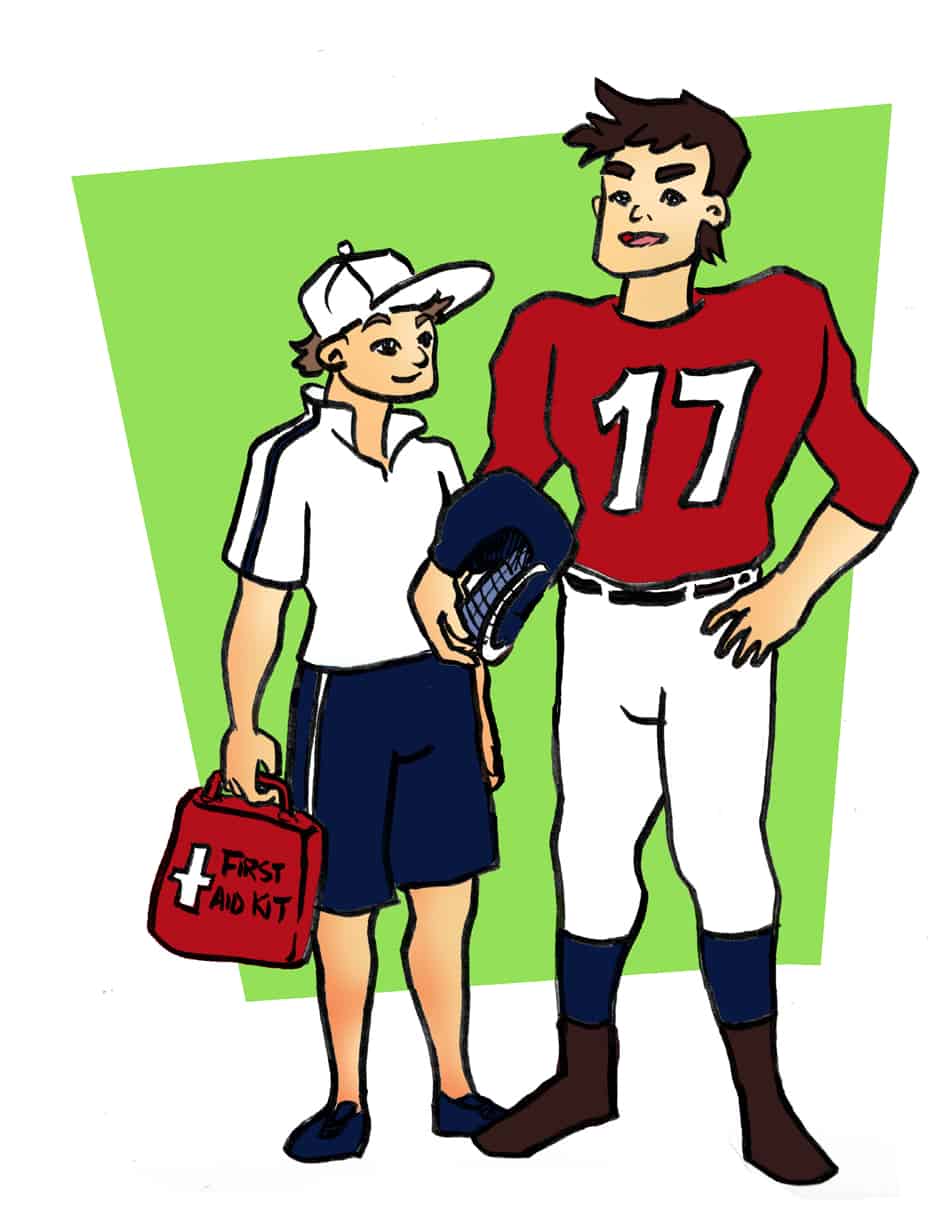U of T offers a unique program for kinesiology and physical education students that allows them to become student therapists, assigned for a varsity team.
The program not only allows students to get hands-on experience in the field but also adds to the much-needed personal care that varsity players receive.
Most students involved in the program study kinesiology, but there are also physical therapy students that take part. Participating student therapists earn a course credit for their work. Students are not always placed with a varsity team; they may be placed with a chiropractic, athletic, or physical therapy clinic external to U of T.
 The program is a significant time commitment for students who are required to complete at least 100 hours of work to receive their credit.
The program is a significant time commitment for students who are required to complete at least 100 hours of work to receive their credit.
Getting involved as a student therapist “allows students to get hands-on experience in a field they could possibly pursue as a career,” says Andrea Prieur, head therapist at U of T’s David L. MacIntosh Sport Medicine Clinic.
“[I] loved the experience,” said Marina Pavelic, who acted as the student therapist for the men’s baseball team in the 2013–2014 season.
“It’s great to be a part of a team where your role is to ensure that sport performance is at its best. Learning how to tape joints or how to give a proper assessment for an injury are only a few of the unique experiences I got from my placement that I could more than likely use regularly throughout life,” added Pavelic.
The program encourages practical education through multiple levels. Physical therapy students, who have more specialized training in sports medicine in terms of rehabilitation, act as mentors to the kinesiology students. This creates a student-led environment for those participating in the program and those affected by the program. Alternatively, a staff member — most commonly a physiotherapist or athletic therapist working at the MacIntosh Clinic — will supervise the student. This provides student therapists with a well-rounded education not only in the field but also through the mentorship of highly trained individuals.
Student therapists aren’t just involved in the program to add an impressive notch on their CVs. Students will first be trained extensively as First Responders before their placements; then, they will be present on the bench with their assigned teams at practices, home and away games, and playoffs. They will be the first to treat an athlete experiencing possible life-threating injuries and the last to leave the field after a game.
Aside from attending games, student therapists are “in contact with the staff therapist, coach and athlete who helps to provide the interdisciplinary approach we feel necessary to give to our varsity athletes,” said Prieur.
Needless to say, the program provides students with the opportunity to not only gain valuable work experience, but also make a vital contribution to the support system involved in strengthening the university’s varsity athletics program.


